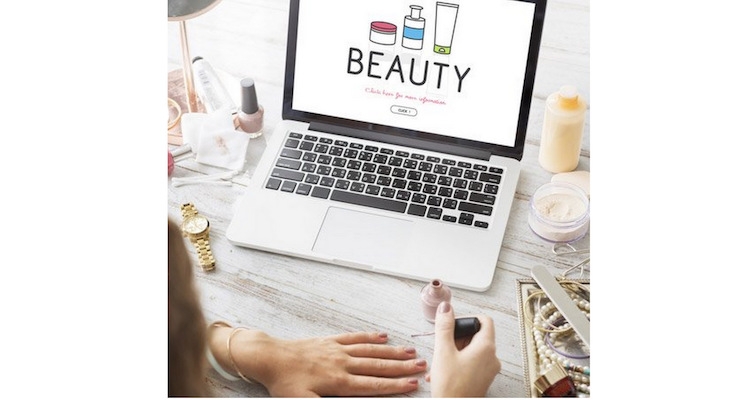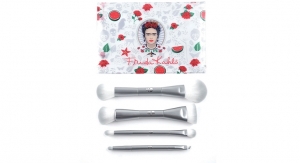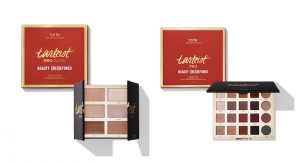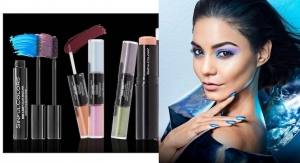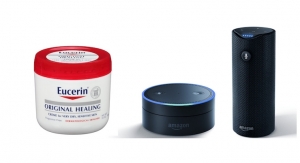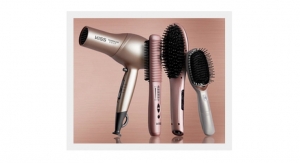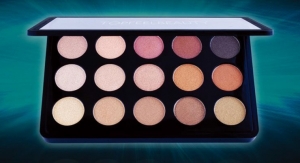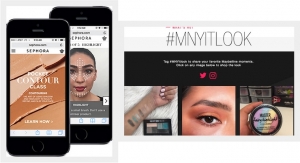Alex Xiaoguang Zhu and Julia Lang11.30.17
In this digital age, a viable market strategy must be grounded in a solid understanding of the customer decision journey.
In the beauty industry, many purchase journeys are brief and habitual. But research tells us that, even for routine beauty purchases, there is often a “double-check” moment. Every double-check introduces an element of risk to brand loyalty as consumers wonder if there is a better option they might be missing out on. This presents many leverage opportunities for brand teams.
In order to leverage these opportunities, it is important to understand the prominent omni-channel pattern that exists within this “double check.” To be successful in this new “double-check” world, brands must reassess the investment mix between at-shelf and key digital touchpoints prior to store, particularly as emerging methods such as click-and-collect becomes mainstream.
5 New Realities
Consider these five new realities that are defining the CPG decision journey in the digital age:
1. Omni-channel is pervasive, and digital resources have a large influence on purchase decisions. Looking at SKIM’s research from the facial care category, although about two-thirds of consumer purchases were made at brick-and-mortar stores, more than 70% of purchasers engaged in digital touchpoints at some point in their journey. For instance, about half of CPG consumers start their journey digitally and one-third of offline buyers made their purchase decision online. The most important digital touchpoints were found to be Amazon, online coupons, and online specialist (e.g. Sephora). Digital resources such as these provide critical decision points for online and offline purchases, giving brands the opportunity to influence decisions prior to shelf.
2. Amazon is the new Google. In the new digital age, consumers often bypass search engines and go directly to retail websites, particularly Amazon, for help with purchase decisions. As such, search optimization is no longer limited to search engines and should be extended to Amazon and other online retailers, which serve as showrooms, consumer research hubs, and curators of trusted reviews.
3. Digital resources are influential for both e-commerce and brick-and-mortar decision journeys, but there are different patterns. Web coupons are mostly utilized for offline purchases, suggesting that offline purchasers are more value/deal oriented. E-commerce consumers are over-indexed in premium brands, suggesting they are premium seekers. Brand teams should consider these patterns to effectively maximize their reach.
4. Switching (disruption) happens often, and active loyalty is low in many CPG categories. While online-dominant consumers tend to switch more often than offline-dominant consumers, with easy access to digital comparison shopping at their fingertips, consumers can’t help double-checking before purchase, even for routine/habitual purchases. This trend presents a leverage point for brand teams to intercept new customers if more resources are invested in digital touchpoints.
5. The routine purchasing journey and the switching/disrupted journey have different post-purchase engagement. Engagement may include writing reviews, reading and sharing tips, and referring friends and family. While many have little to no engagement regarding routine purchases, over 60% are engaged in post-purchase activity following switching or disrupted purchases. Post-purchase engagement can include a variety of digital and offline activities depending on categories. This presents an opportunity for brands to continue engaging with customers after their purchase to reinforce loyalty or initiate consideration for upcoming decision journeys.
In this “always on” digital age, brands must constantly challenge dominant assumptions and adjust their strategy to account for these five new market realities. A new competitive edge emerges for CPG brands, such as those in the beauty industry, that better manage all the consumer experience journeys in order to account for the dominant double-check omni-channel trend.

